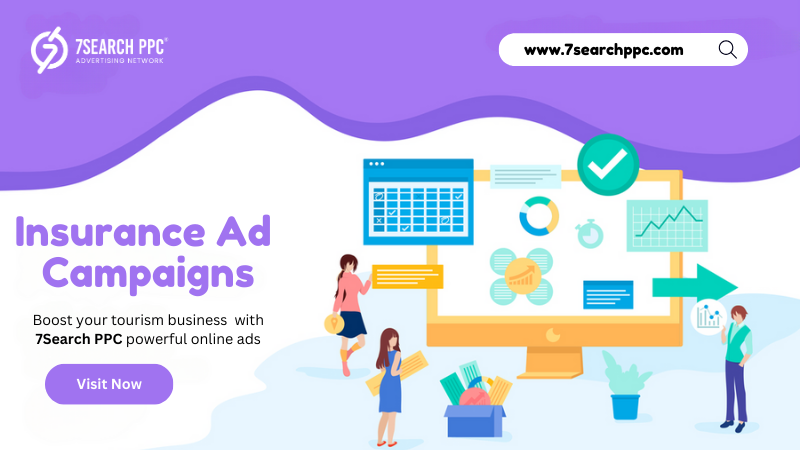Creating an effective
insurance ad campaign requires a strategic approach that combines creativity, emotional engagement, and targeted messaging. Here are key steps to consider:
Define Your Goals
Start by identifying the primary objectives of your campaign. Are you aiming to increase brand awareness, generate leads, or promote a specific insurance product? Clear goals will guide your messaging and help measure success.
Understand Your Audience
Conduct thorough market research to understand your target demographic. Identify their needs, preferences, and pain points related to insurance. Tailoring your message to resonate with your audience is crucial for engagement.
Craft a Compelling Message
Your ad should tell a story that connects emotionally with potential customers. Use relatable scenarios or testimonials that highlight the benefits of your insurance products. Emotional marketing can be particularly effective; for instance, ads that evoke feelings of security or fear of loss can drive action.
Choose the Right Medium
Select the advertising channels that best reach your audience. Traditional media like radio and television can still be effective, but digital platforms such as social media, especially Facebook, are increasingly important. Utilize video ads, engaging graphics, and well-crafted copy to capture attention online.
Leverage Digital Tools
Incorporate digital marketing strategies such as SEO and content marketing to enhance visibility. A user-friendly website optimized for search engines can attract potential clients searching for insurance solutions. Blogging about relevant topics can position your agency as a trusted authority in the industry.
Test and Optimize
Implement A/B testing for different ad variations to see which resonates best with your audience. Analyze performance metrics to refine your strategies continually. This iterative approach allows you to adapt your campaign based on real-time feedback and improve effectiveness over time.
Monitor and Measure Success
Finally, use analytics tools to track the performance of your campaign against your initial goals. Metrics such as click-through rates, conversion rates, and customer engagement will provide insights into what works and what needs adjustment.

